Copenhagen has become the center of a high-stakes security escalation as European governments scramble to protect their capital against a string of unidentified drone incursions. In recent days, a German air-defense frigate, radar units, counter-drone systems, and additional troops have been dispatched to the city to guard upcoming European summits and deter further threats.
Surge in Drone Activity Sparks Alarm
Over the past week, drones have been seen over military installations and airports across Denmark. Several smaller airports were temporarily closed following these sightings, and Copenhagen’s main airport was shut down for hours on one occasion. Authorities have described the pattern as a “hybrid attack” — a maneuver intended less for mass destruction and more for stirring fear and testing defenses.
One notable episode saw one or two drones spotted near Denmark’s largest military base, Karup, late in the evening. In response, Denmark imposed a short-term ban on all civilian drone flights in its airspace, citing the need to reduce chaos and confusion during the tense period ahead of international meetings.
Reinforcements from NATO and Allies
To strengthen Denmark’s aerial defenses, multiple international assets have joined the operation:
- A German air-defense frigate, FGS Hamburg, arrived in Copenhagen. The vessel is part of NATO’s Baltic Sentry mission, which aims to boost surveillance and deterrence across the Baltic Sea region.
- Sweden has contributed radar systems and counter-drone units under Denmark’s command. These radars are among the more sophisticated assets available to rapidly detect, track, and potentially neutralize unmanned threats.
- France has sent a contingent that includes personnel, a light helicopter, and active counter-drone hardware to support Danish forces.
These deployments enhance early warning, tracking, and interception capacities at a critical time when senior European leaders are set to convene in Copenhagen.
Political Tensions and Attribution
The Danish prime minister has publicly underscored suspicion of external interference. While no country has been definitively accused, officials have indicated that Russia is among the actors under consideration. The Kremlin has rejected any involvement, and investigators say attribution remains a major challenge.
Meanwhile, NATO has announced a ramping up of its presence in the Baltic region, deploying more intelligence, surveillance, and reconnaissance assets in response to the pattern of drone intrusions.
Operational Uncertainties and Rules of Engagement
Although the deployed systems offer detection and, in some cases, counteraction potential, details about rules of engagement remain opaque. It is not publicly confirmed under what circumstances drones will be intercepted, jammed, or shot down.
Another complicating factor is distinguishing between hostile unmanned aerial vehicles and legitimate civilian or government-operated drones. The current restrictions on civilian flights aim to reduce confusion but also risk hampering legitimate operations.
Summit Security and Regional Impact
Copenhagen is due to host a European Union leadership summit as well as a broader gathering of European states. The presence of high-level officials raises the stakes, making security failures politically costly.
Beyond Denmark, several other European nations have reported similar drone sightings or airspace anomalies, suggesting the possibility of coordinated or cascading action across the region.
Looking Ahead
Key questions now include:
- Can these reinforcement measures deter further incursions or force the drone activity to stop?
- Will Danish and allied authorities be able to attribute the origin or operators behind these flights?
- How will legal frameworks adapt — for example, changes allowing the interception of drones near critical infrastructure?
- Will the summit in Copenhagen proceed without disruption, or will security remain overshadowed by drone threats?
Copenhagen now sits under a shield of reinforcements, but the unknowns remain. Whether this is a mere escalation, a test of NATO resolve, or a stepping stone to more aggressive acts, the coming days will reveal how Europe handles this new frontier in aerial security.

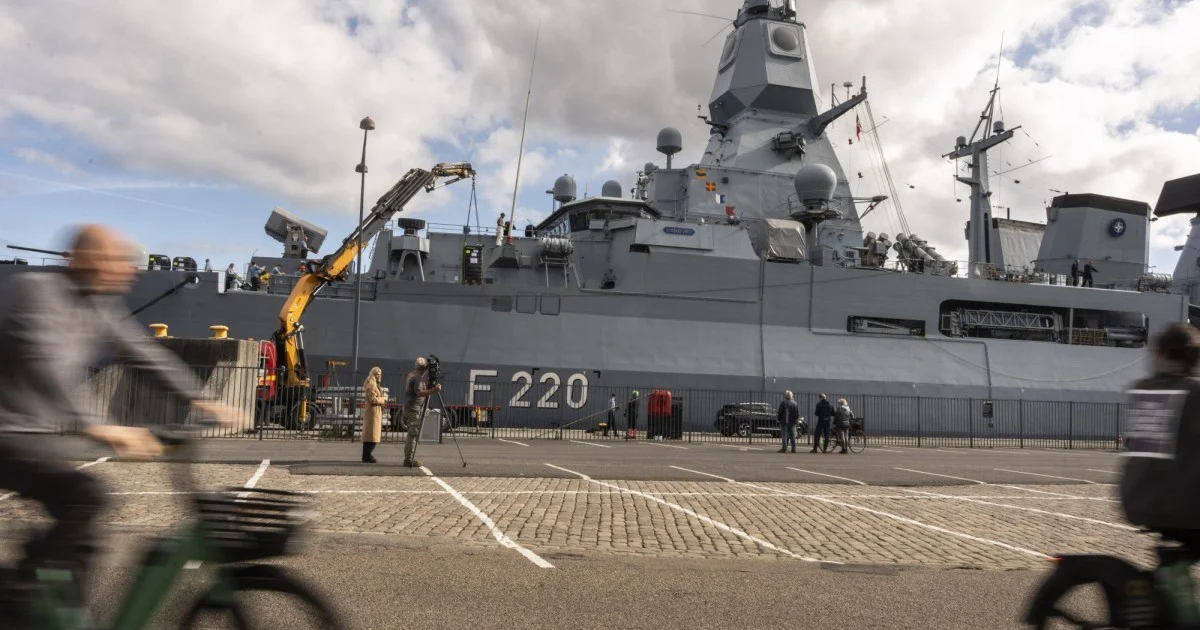



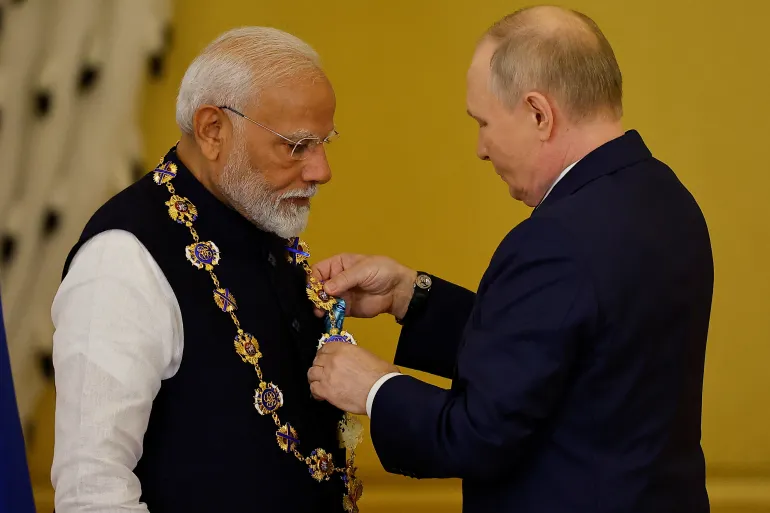
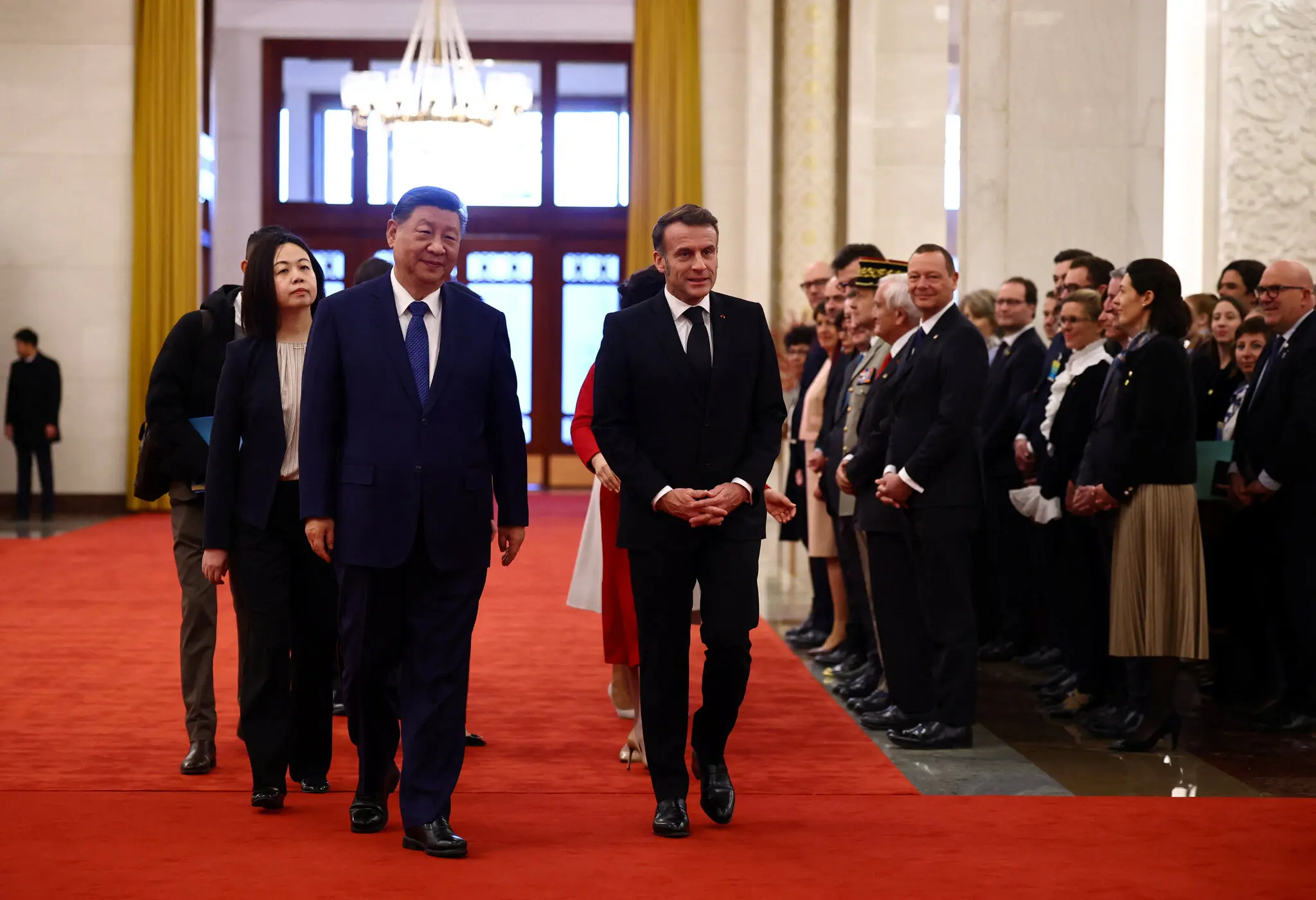
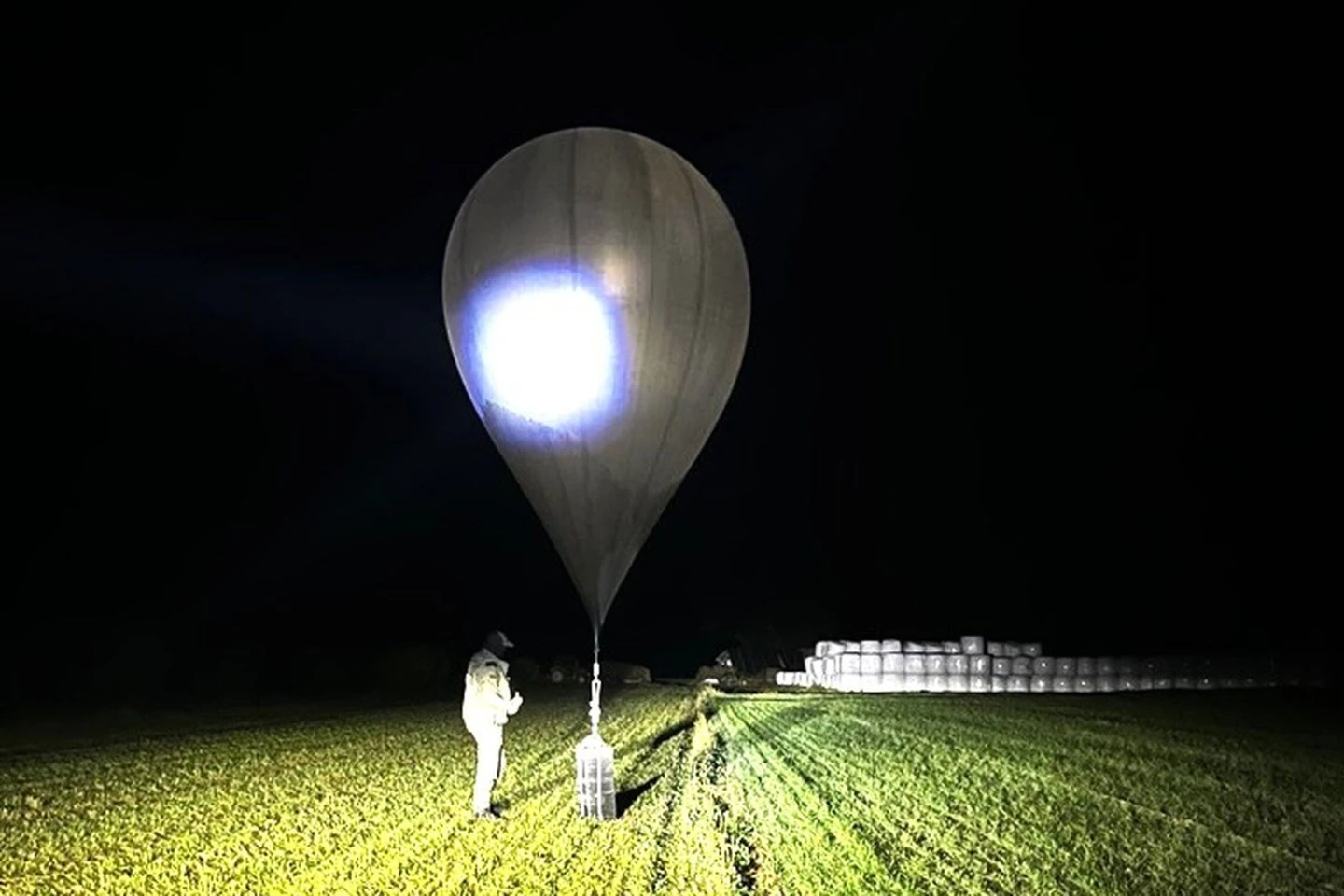
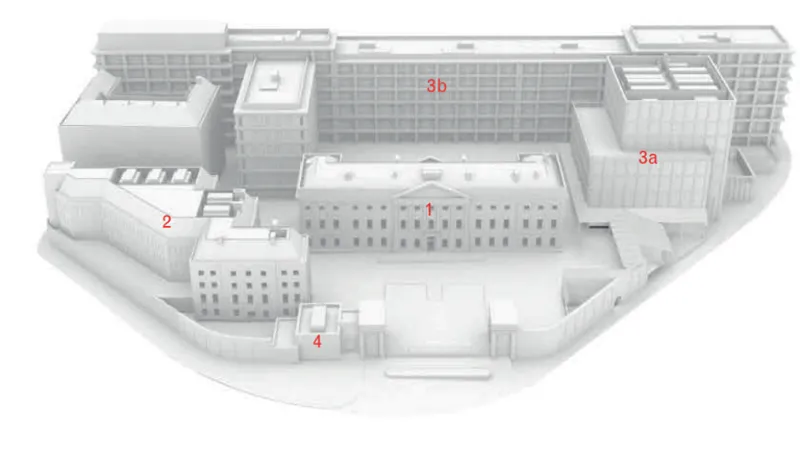


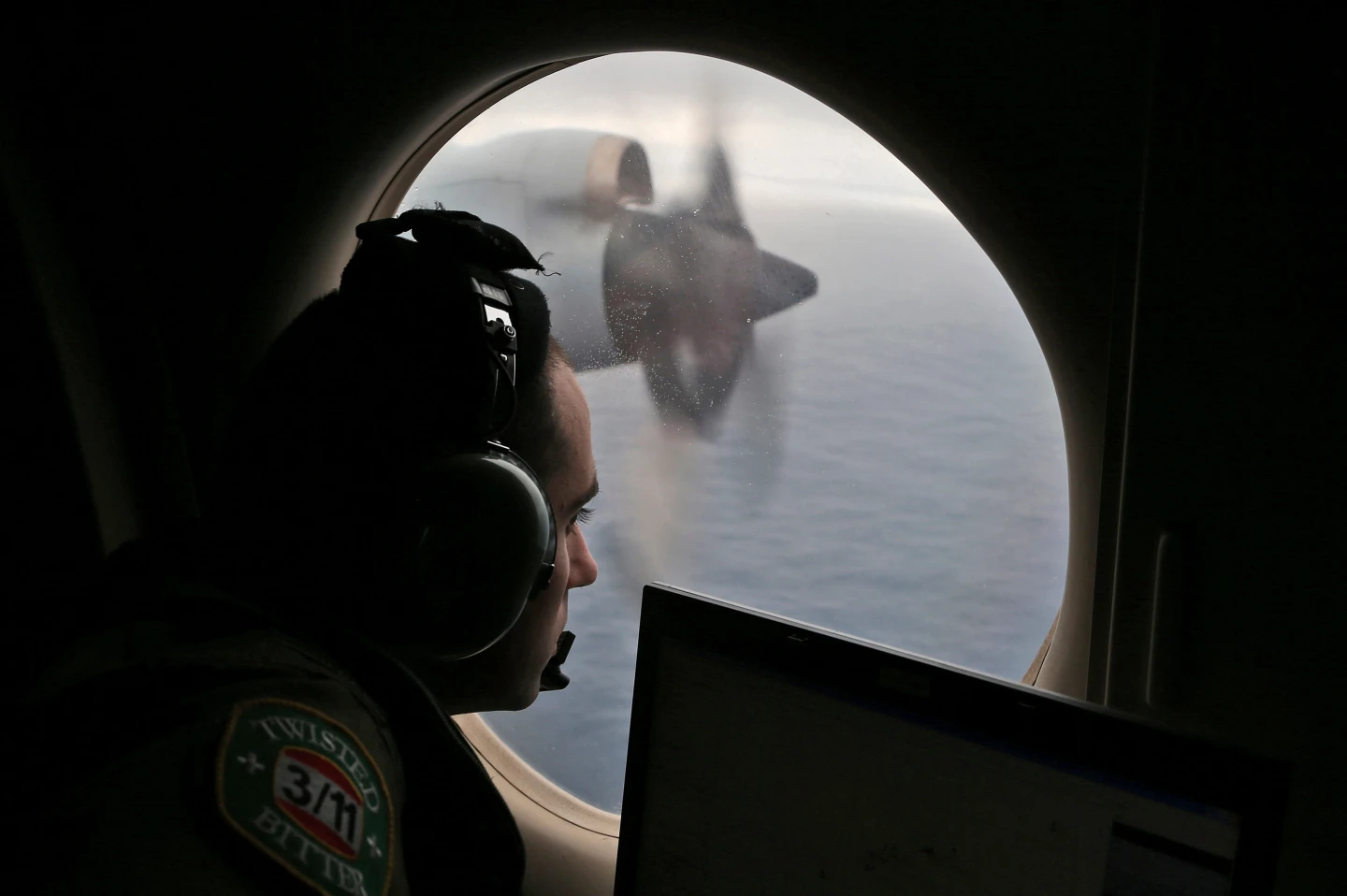

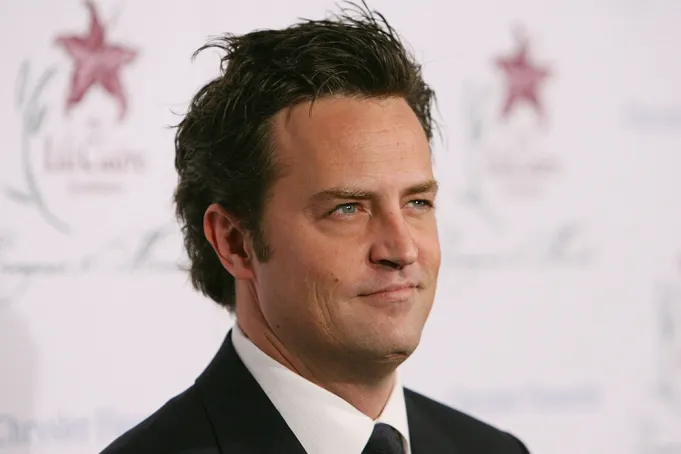


Leave a Reply